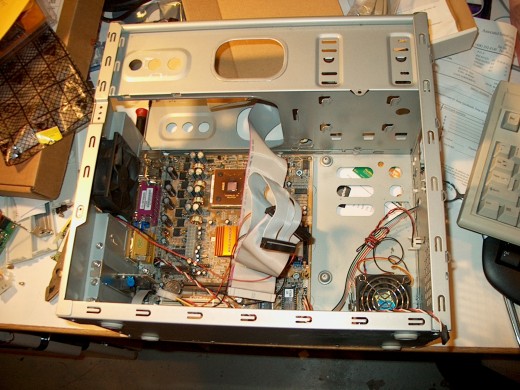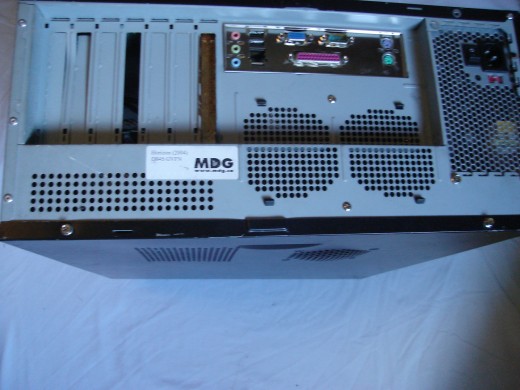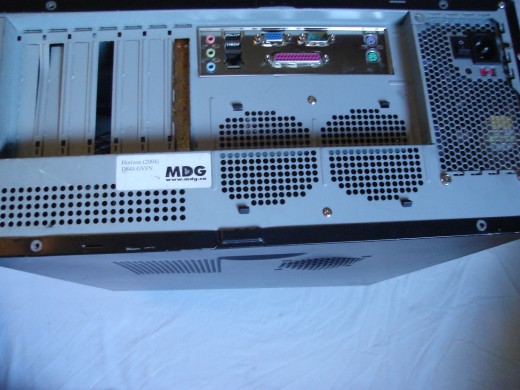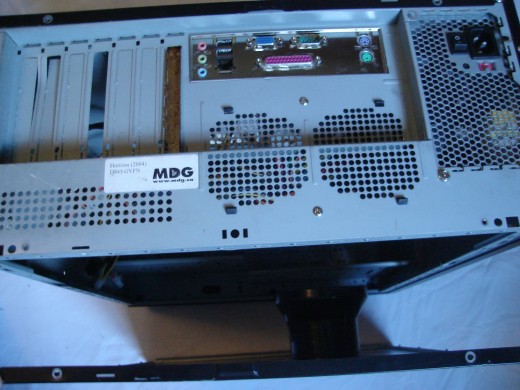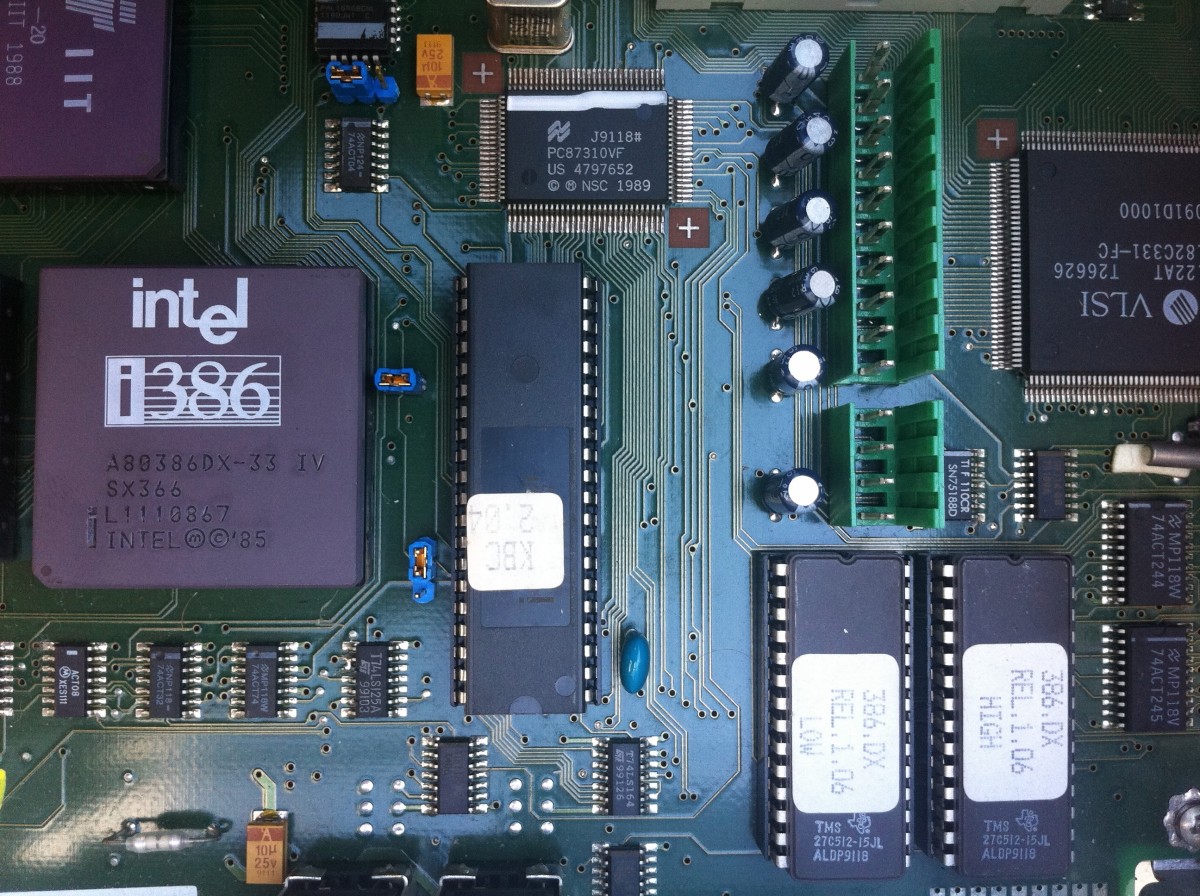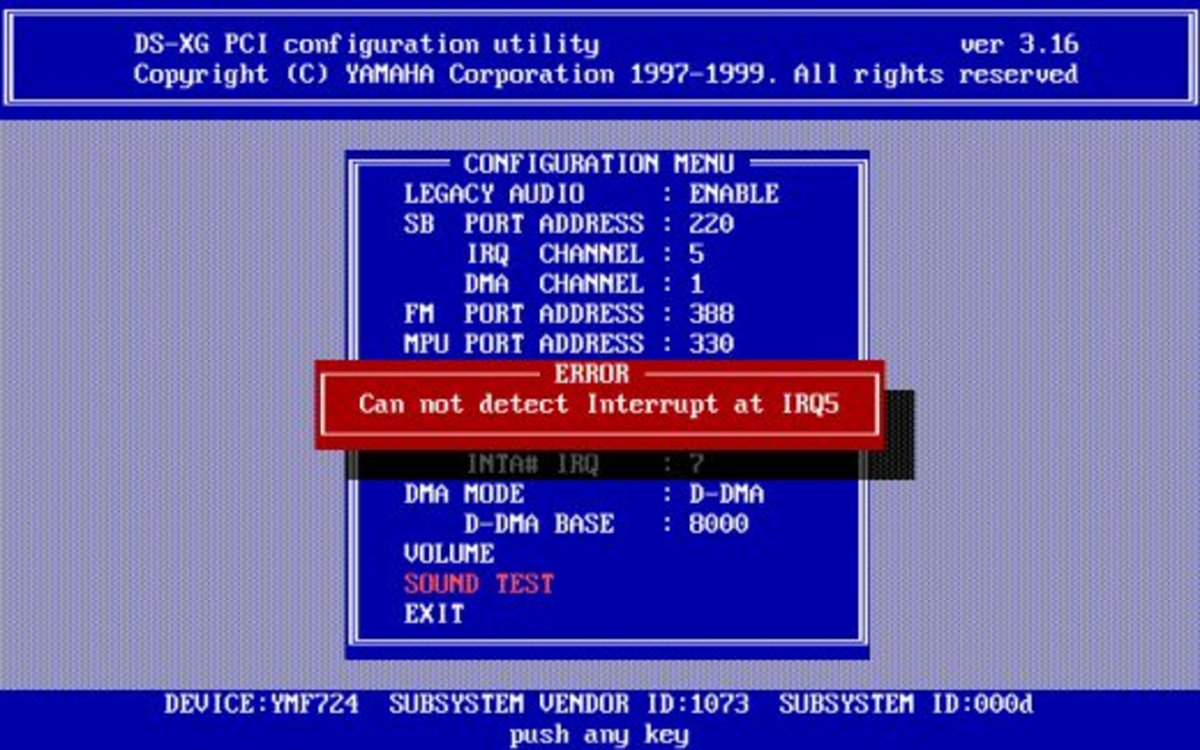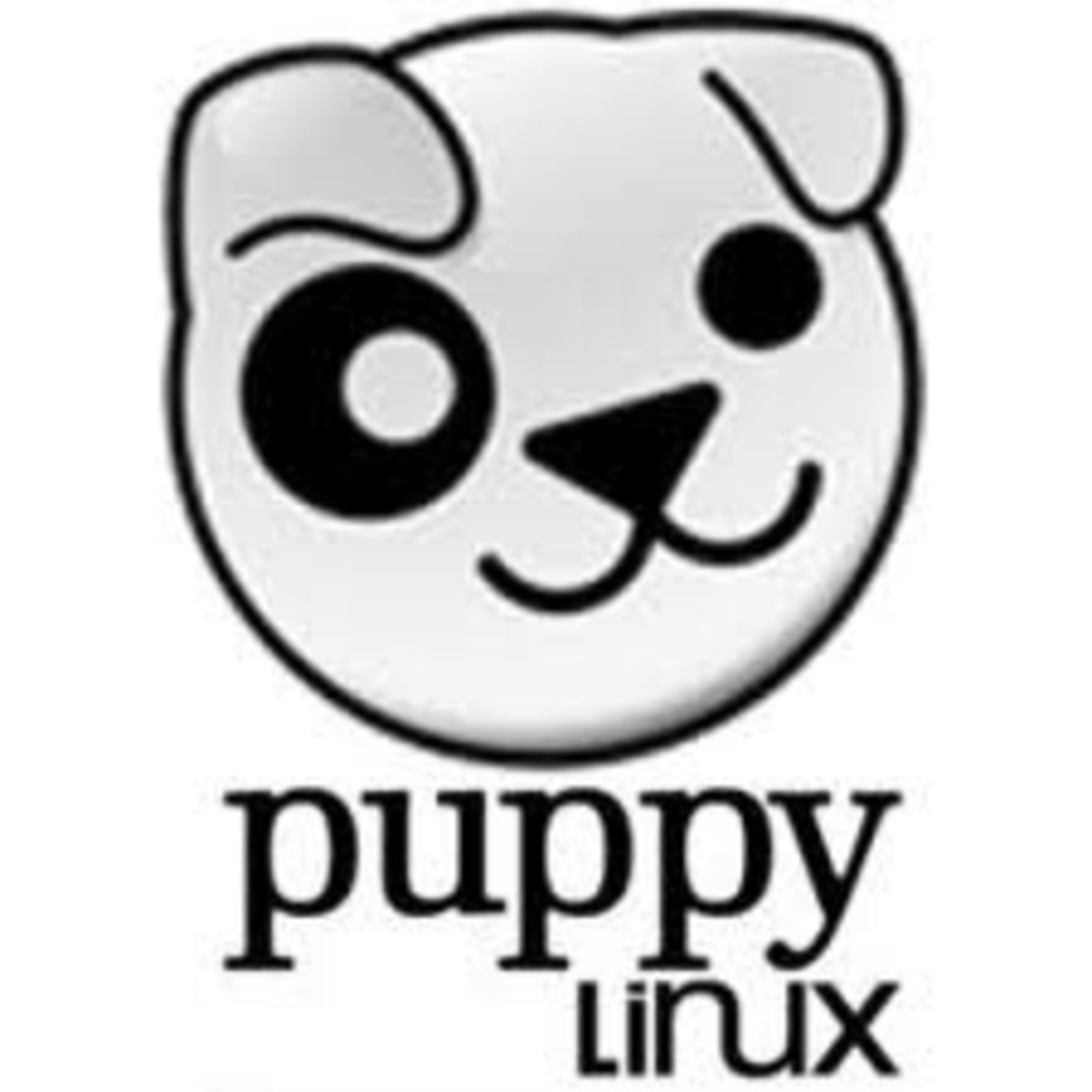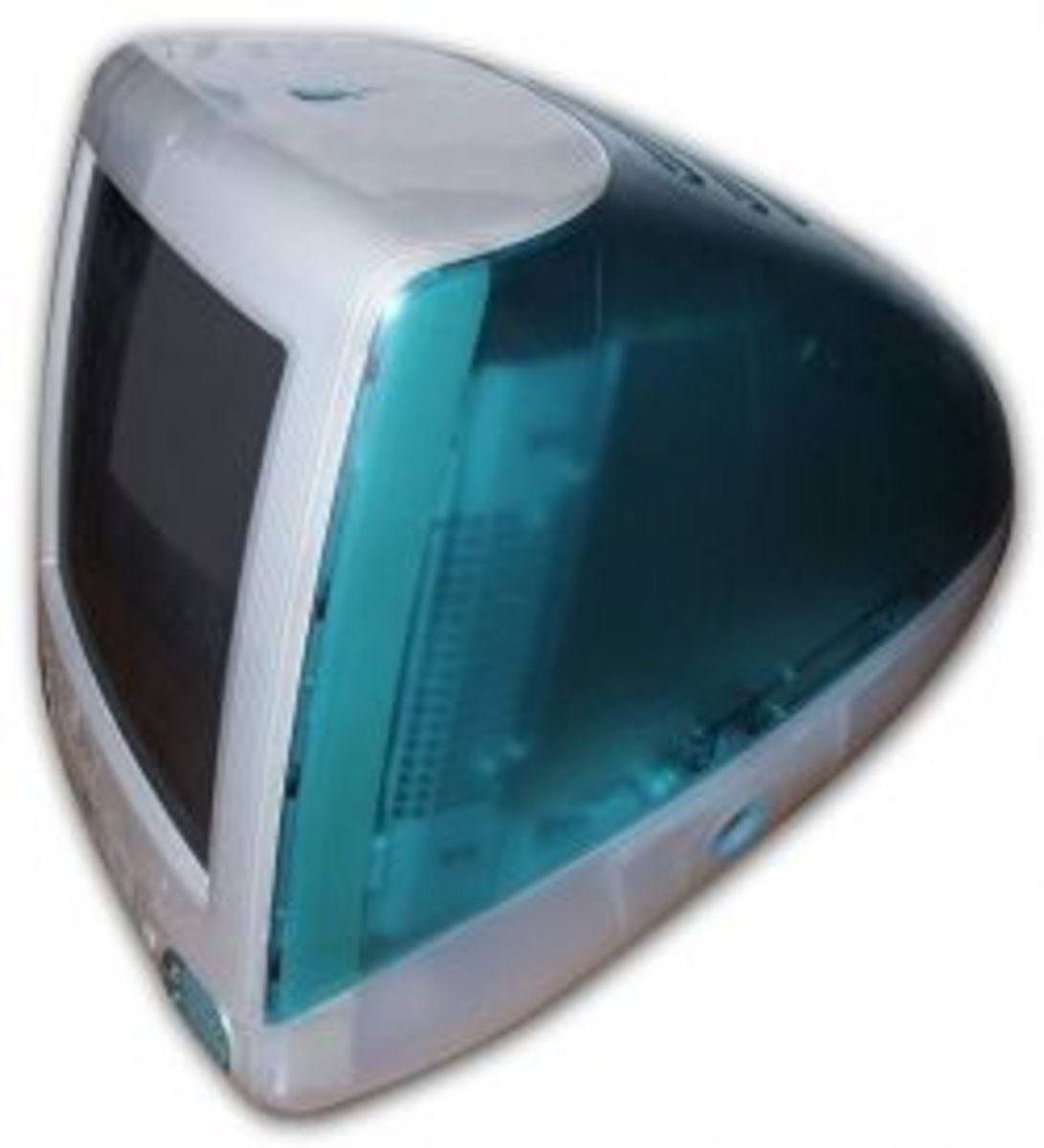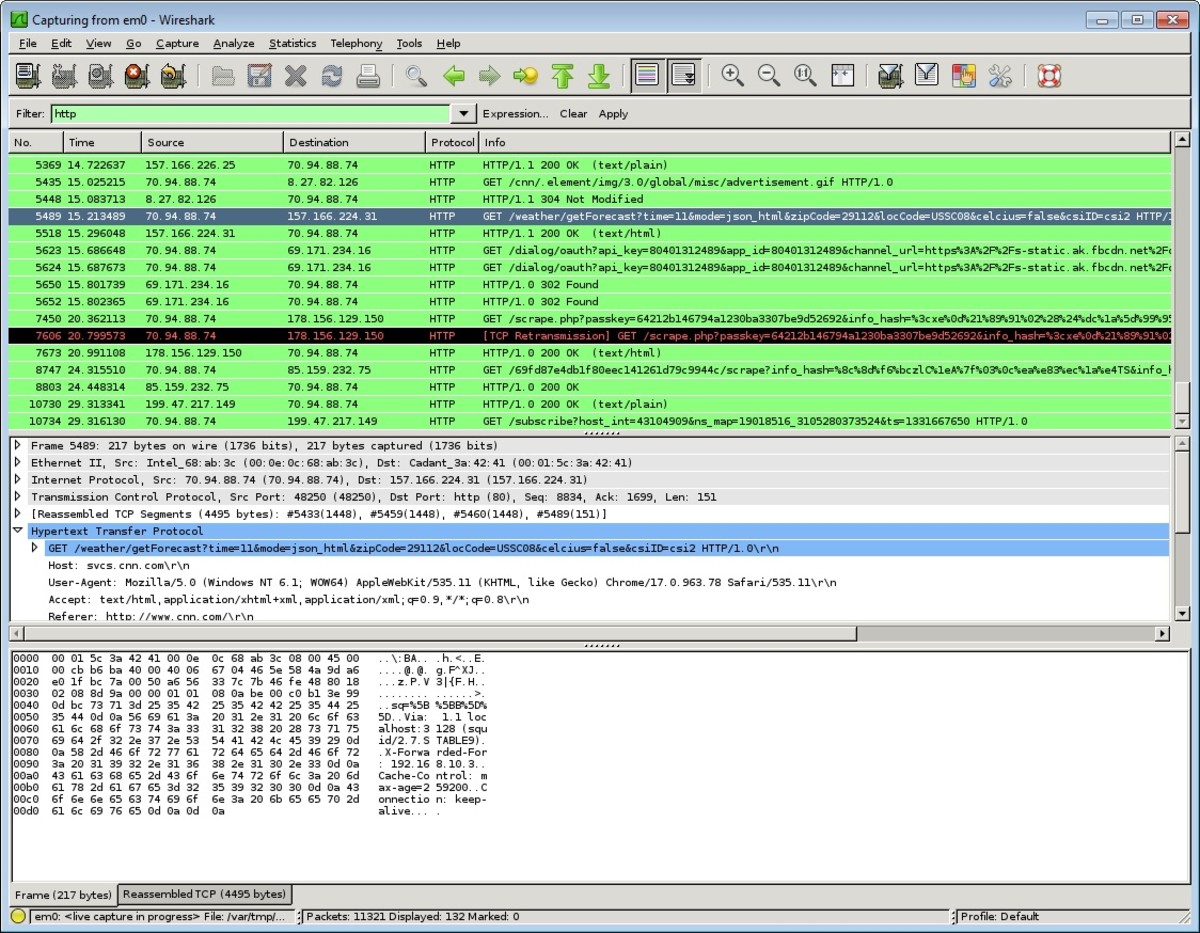Slow computer, tips on improving computer performance
Is your fast computer now a slow computer? Do you have viruses and spy ware keeping your computer from performing as it should? Come to "random computer shop", we'll remove any and all viruses AND increase your computers performance for the low price of twenty five dollars!
How many times do you hear or see those kinds of offers in a day? For me the answer is far to often and each time I sigh because I know there's a computer shop somewhere making money doing little more than running virus scans.
In this hub I will list a few basic tips on how to improve a slow computers performance aswell as some helpfull utilities all of which will cost you nothing and keep that twenty five dollars in your pocket.
Cleaning up your hard drive
A hard drive that is full or very nearly full can have a significant impact on your computers performance. Think of it like trying to find something in your garage or a closet when its buried behind Christmas decorations, Halloween decorations, patio sets, tax records....
Start cleaning your hard drive by backing up any old pictures, videos or documents to CD, DVD, any removable media (flash drives, external HDDs) or online storage such as Mozy if you choose and then delete those files from your hard drive. Next defragment your hard drive as well as run a hard drive error check by right clicking your drive usually "Local Disk (C:)", found in the "My Computer" window, and select the "Properties" option. Once you are in properties you will see a "Tools" tab, click it. You should now see the defragmenting and error checking tools.
Scanning/malware removal utilities
Viruses and spy ware or just "malware" for malicious software along with registry errors are more often than not the culprit behind a slow computer. Luckily most of the time they're fairly easy to get rid of.
To find and remove any malware and fix registry errors run some scans and let the scanning utilities fix any errors and remove any malware they may find. Start with a virus scan such asAVGit's free, easy to use and updated regularly. Next run a spy ware scan like adaware, you may not need to run a spy ware scan as AVG will pick up most spy ware but a little redundancy is a good thing in this case. Move onto a registry scan like CCleaner or Wise Registry Cleaner to fix any registry issues. Remember to use the built in registry back up that is built into both utilities so you have a working point to restore if anything serious should happen to your registry. It is also a good idea to update any antivirus or antispyware utilities you use regularly.
Background programs and unused programs
Most computers even when fresh out of the box have a whole assortment of programs installed and set to run on start up. Programs such as MSN, Nero and other burning utilities as well as photo viewing utilities. Add to this list anything you have installed on your own over time, software for a digital camera, old games, the software from your last three printers. Any program running in the background will use up your system resources, processing power and memory. Any program installed that you're not using is taking up space on your hard drive and as mentioned above making your hard drive search through all kinds clutter to find what it needs.
To fix these issues start by going to your start menu, programs and think about what you actually use or need, uninstall anything that you're not using. If the programs do not have an uninstall option go to your control panel and in windows xp open up "add/remove programs". Now find the programs you want uninstalled and remove them. For Windows 7 you'll want to find "Programs and Features" also in control panel and follow through the same process as you would for XP. In windows xp don't forget to delete the short cuts to any programs you uninstall using the "add/remove" feature as it does not delete shortcuts.
Next you'll want to take a look at what is running in the background, you can do this by hitting alt+ctrl+delete and opening task manager. In the task manager window you'll see a few tabs, one for system resources, another for applications and another for processes. Open the processes tab, everything you see running there is taking up system resources. Make a note of anything you see running related to burning software, image viewing, or printing. Open all the programs you've made a note of and see if they have an option not to open on start up, if they do turn them off.If they do not you can turn all of these programs off with no consequence by clicking them and then "end process", when you actualy want to use your burning, printing or viewing software these utilities or services will be restarted upon opening of the program. Do be careful not to turn off anything you're unsure of as your computer requires some of these services to function. Don't worry if you turn something off you shouldn't chances are your computer will give you a timer telling you so and so service has been disabled and your computer will restart in 1 minute. Everything will be back to normal when your computer restarts.
Now that you have experimented with task manager and program start up options a bit you can move onto something a little more advanced, msconfig. With this built in utility you can set any services,utilities or programs that open on start up not to.To open msconfig go to your start menu and in windows xp go to the run option and type msconfig and click ok, follow the same options for windows 7 except instead typing msconfig in run type it in the "search programs and files" bar and hit enter. Once msconfig is open you'll see five tabs start by taking a look at the services window, deselect anything to do with games and anything you're certain is not required for your computer to function. Next go to the start up tab and deselect any programs you do not want to open on start up. Hit apply and you will be prompted to restart your computer, click the do not display this dialog box again and allow msconfig to restart your computer. Don't worry if you accidentaly turned off something your computer requires, just go back in to msconfig and start turning everything you've turned off back on until you've found what it was.
Cleaning your computer case
A slow computer most times will be fixed by the tips listed above but sometimes the problem lies elsewhere and will require slightly more drastic measures such as physically cleaning your computers case to improve airflow and reduce heat build up. When heat builds up in your computer case it effects the stability of the components inside and keeps them from operating at their best, just like the engine in a car or truck. This tip will not only help to improve computer performance but will also help keep your computer in working order much longer.
This tip will involve opening your computer case. This can seem intimidating and scary but don't worry it's not half as difficult or risky as you may imagine and if you follow the instructions to come you will cause no harm to your computer. Start by turning off your computer, once off move the power switch located on the power supply at the back of your computer to the off position. You will now want to unplug the power chord that is plugged into the power supply. The next step is finding out how your computer case opens, most computers will have a removable side panel of which will be fastened by two screws located on the back of the computer,unscrew them and remove the panel. Please remember to avoid standing on carpet while working on an open computer case as well as to touch the metal frame or "chassis" of your computer before making contact with any components to reduce the risk of launching lighting bolts or maybe just static out of your fingers into your computer . You will now need either a can of pressurized air or, if you have one, a vacuum cleaner with a bristled nozzle attachment. I prefer a vacuum cleaner, it works better and doesn't cost five dollars every time you want to clean your computer like a can of pressurized air. Start removing all the dust inside your computer, mainly any build up that is in and around fans. Once most of the dust is removed replace the side panel and remember to turn the power switch at the back of the computer to the on position after plugging the power cord back in. If you have a pet that sheds don't be surprised to find another pets worth of fur inside your computer. I have a friend who's motherboard fried as a result of his dogs hair building up inside.
Even if you don't have a slow computer or any of the issues mentioned above it's still a good idea to follow through with these tips regularly. I run virus scans once daily along with an update, registry scans once a month, defragment/error check my hard drive once monthly and clean my computer case out once a month aswell. As the old saying goes an ounce of prevention to a pound of cure.
Here are some more hubs of mine that may be useful to you.
Buying a new computer, how to find the best and cheapest
Do you need to upgrade your computer or buy a new one
Tips on deleting data for good





